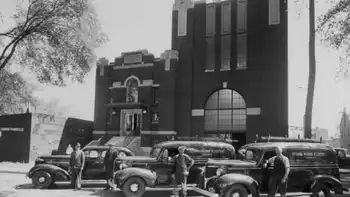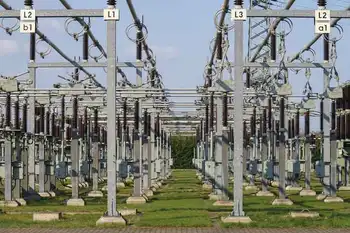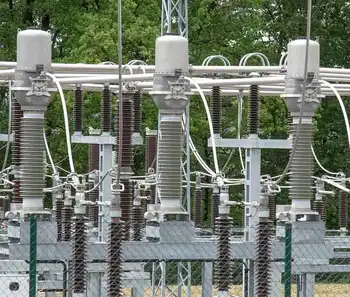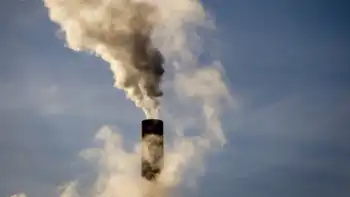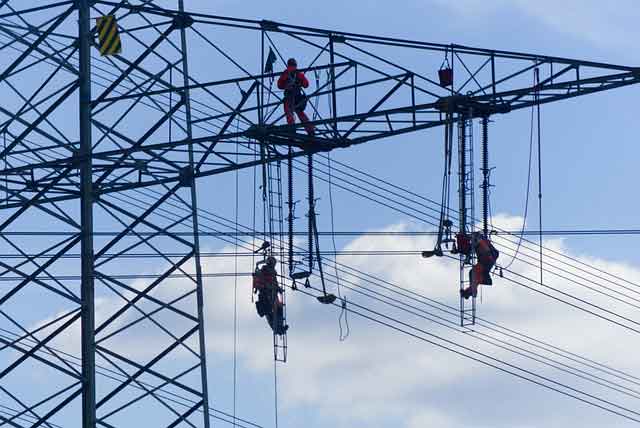Comparing how power companies respond to crisis
By Dayton Daily News
High Voltage Maintenance Training Online
Our customized live online or in‑person group training can be delivered to your staff at your location.
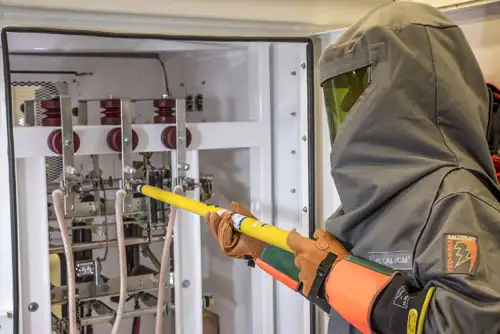
- Live Online
- 12 hours Instructor-led
- Group Training Available
The general public has difficulty getting a feel for how long it should take to restore power and for what kind of information should be available meanwhile. Indeed, the experts have difficulty, given the extraordinary nature of what they face.
So it is natural for people to observe how, say, DP&L, in the Dayton area, is progressing compared with Duke to the south and other suppliers elsewhere in Ohio.
As this is written, substantial progress is being made by all, and yet frustrations are present all around. One noticeable difference is that companies such as Duke, AEP, Ohio Edison and South Central Power (near Columbus) have more information on their Web sites than DP&L about how many outages exist in various places.
In some cases, the information is not much. But it does allow people to see some progress near their homes and businesses.
And Duke has offered more specific projections about what percentage of customers will be getting their power back by a certain time.
Duke and AEP are much bigger than DP&L — and have more resources — but South Central is not.
Web sites are not as important as actually restoring power, obviously. Still, having a more informative Web site ready to go would have been a good thing for DP&L and would be good for next time.
Communication with the public is one of the important aspects of weather-crisis management. The more information that people have, the better. People need to plan, after all. And, in the absence of real information, rumors abound that can prove harmful.
Moreover, simply providing the information is a gesture that people appreciate, an indication of concern.
This is the toughest kind of time for DP&L. But it is also a time when some businesses — utilities, cable companies, the news media, food providers and more— can make their reputation, at least with large swaths of the public. It's actually an opportunity to build some goodwill.
Ohio enacted utility deregulation a few years ago. That was supposed to result in some competition for the likes of DP&L. There hasn't been much, though. One reason is to the company's credit: Energy prices around Dayton have been low enough that potential competitors haven't seen a great opportunity.
Still, a certain kind of competition has arrived, and it does leave the company a challenge to respond to.





